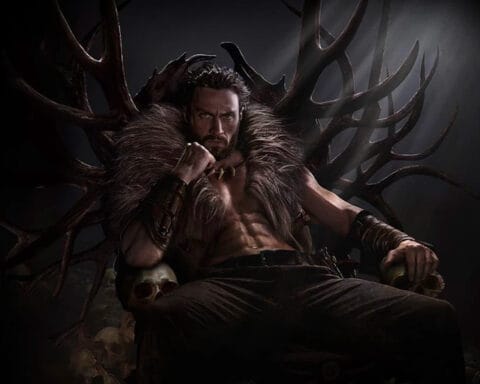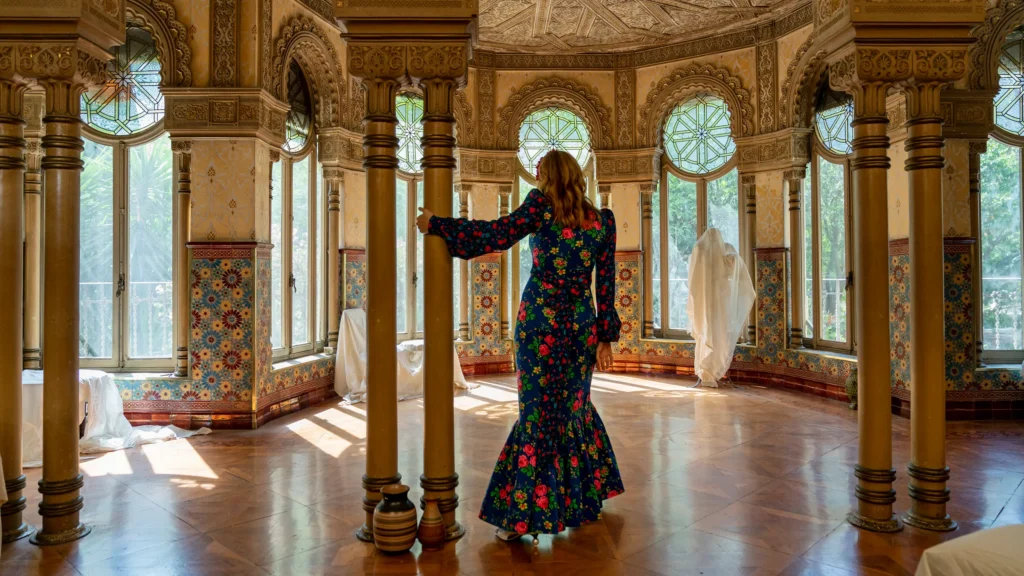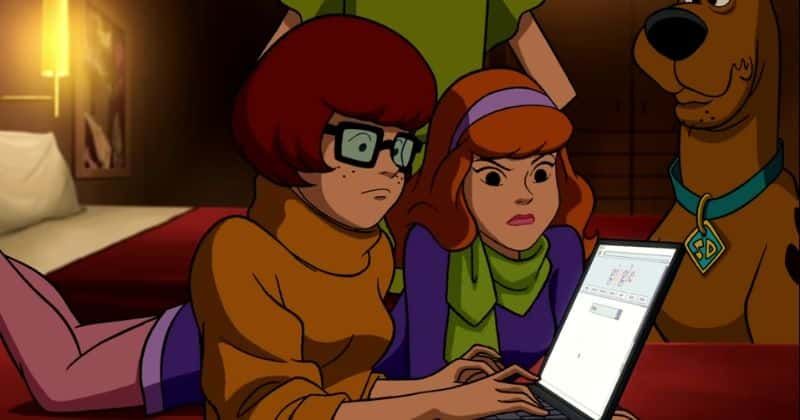Alice Oseman’s “Heartstopper” has gently carved its place into the hearts and minds of readers around the globe since its inception as a webcomic in 2016. This remarkable series, chronicling the tender romance between Charlie Spring and Nick Nelson, is celebrated for its profound storytelling, relatable characters, and unique graphic style. As the series transitioned into print and eventually into a Netflix adaptation, its impact only grew. This article explores the intricate storyline and themes of “Heartstopper,” delves into the graphic style and creation anecdotes, and offers commentary on the Netflix adaptation from the perspective of an LGBTQ+ individual.

The Storyline and Themes of “Heartstopper”
“Heartstopper” is a coming-of-age tale about two teenage boys who discover love and navigate the complexities of their identities. The narrative is both simple and profound, focusing on the evolving relationship between Charlie Spring, a quiet, openly gay student, and Nick Nelson, a cheerful rugby player who begins to question his sexuality.

1. The Characters
Charlie Spring: Charlie is introduced as a sweet, somewhat introverted boy who has faced bullying due to his sexual orientation. His journey throughout the series is one of self-acceptance and healing. Despite his past traumas, Charlie remains a hopeful character, and his relationship with Nick becomes a source of strength and joy.
Nick Nelson: Nick’s character arc is equally compelling. Initially presented as a stereotypical “straight” jock, Nick’s evolving feelings for Charlie prompt a deep self-exploration. His journey toward understanding and embracing his bisexuality is portrayed with sensitivity and authenticity.
Supporting Characters: The series also features a rich cast of supporting characters, including Tao, Elle, Tara, and Darcy. Each character contributes to the narrative’s exploration of friendship, loyalty, and the challenges of growing up. Elle, for instance, is a transgender girl who navigates her own journey of acceptance and belonging.


2. Themes
Love and Acceptance: At its heart, “Heartstopper” is about love in its many forms—romantic, platonic, and self-love. The relationship between Charlie and Nick is depicted with tenderness and realism, emphasizing the importance of mutual respect and understanding. The series also highlights the significance of accepting oneself and others, regardless of sexual orientation or gender identity.
Mental Health: Oseman doesn’t shy away from addressing mental health issues. Charlie’s struggles with anxiety and self-esteem are depicted with nuance, shedding light on the importance of mental health awareness and support. The narrative encourages seeking help and breaking the stigma around mental health.
Identity and Growth: The exploration of identity is central to “Heartstopper.” Nick’s bisexuality, Charlie’s confidence in his sexuality, and Elle’s transition are all treated with care, emphasizing that identity is a personal and evolving journey. The series champions the idea that it’s okay to question and discover who you are at your own pace.
Graphic Style and Creation Anecdotes
Alice Oseman’s artistic style is a defining feature of “Heartstopper.” The series’ visual appeal lies in its simplicity, expressiveness, and emotional resonance.
1. Artistic Style
Simplicity and Expressiveness: Oseman’s artwork is characterized by clean lines, minimalistic backgrounds, and a focus on character expressions. This simplicity allows the emotions of the characters to take center stage, making their experiences more relatable and impactful. The use of soft, pastel colors adds to the gentle and heartwarming tone of the series.
Panel Layout: The layout of the panels in “Heartstopper” is dynamic and varied. Oseman skillfully uses different panel sizes and arrangements to convey the pacing and mood of the story. For instance, larger panels are often used for moments of emotional significance, while smaller panels capture quick, everyday interactions. This variation keeps the reader engaged and enhances the storytelling.
Visual Metaphors: Oseman often incorporates visual metaphors to convey the internal states of her characters. For example, scenes where characters are surrounded by swirling leaves or soft bubbles symbolize their feelings of confusion, warmth, or joy. These artistic choices enrich the narrative, adding layers of meaning to the visual storytelling.
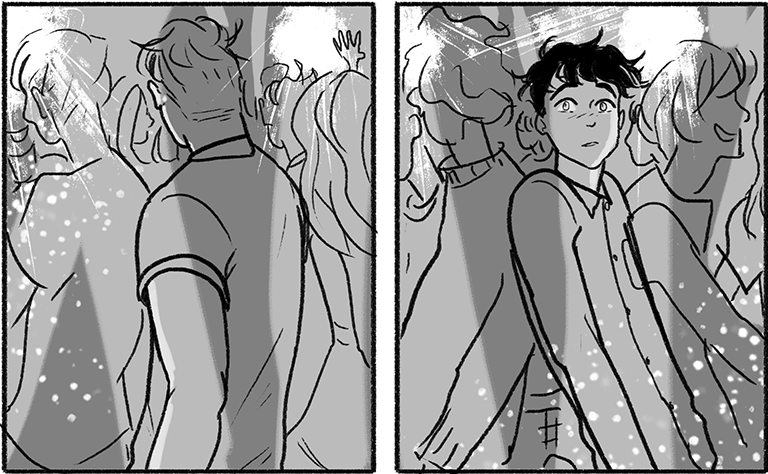
2. Creation Anecdotes
From Webcomic to Print: “Heartstopper” began as a webcomic on Tumblr and Tapas in 2016. Its online success led to a Kickstarter campaign, which Oseman launched to fund the self-publishing of the first volume. The campaign exceeded its goal, reflecting the strong support from fans. This success caught the attention of publishers, and Hachette Children’s Group eventually picked up the series for print publication.
Inspiration and Process: Oseman has shared that her inspiration for “Heartstopper” came from a desire to create a positive, uplifting story about LGBTQ+ characters. Her previous novels, which dealt with heavier themes, motivated her to explore a more optimistic narrative. Oseman’s background in illustration and graphic design, coupled with her love for comics, naturally led her to create a webcomic.
Challenges and Rewards: Creating “Heartstopper” presented both challenges and rewards for Oseman. Balancing the roles of writer and illustrator required meticulous planning and dedication. Oseman often worked long hours to meet her self-imposed deadlines. However, the direct interaction with her audience online provided immediate feedback and encouragement, which she found immensely rewarding.

The Netflix Adaptation
The Netflix adaptation of “Heartstopper,” released in 2022, brought the beloved webcomic to a broader audience. The series has been praised for its faithful adaptation, casting choices, and overall production quality.
1. Faithful Adaptation
Staying True to the Source: One of the most commendable aspects of the Netflix adaptation is its fidelity to the source material. The show closely follows the plot and dialogue of the webcomic, preserving the essence of Oseman’s story. The adaptation maintains the same heartwarming and sincere tone that made the original so popular.
Visual Style: The visual style of the show also pays homage to the webcomic. The use of pastel colors, gentle lighting, and carefully chosen settings reflects the aesthetic of Oseman’s artwork. The series even incorporates animated elements, such as doodles and sketches, to echo the graphic novel’s charm.

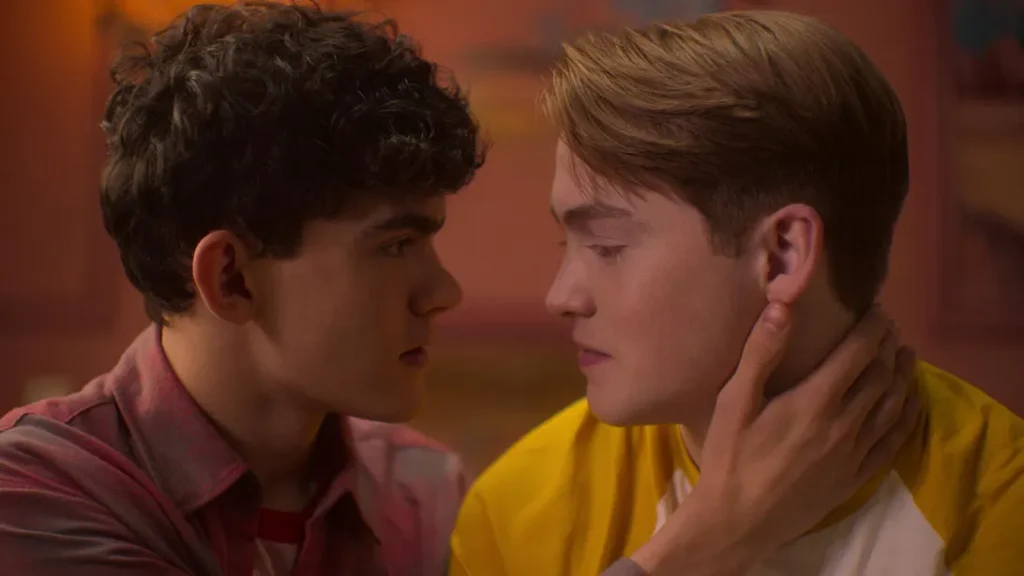



2. Casting and Performances
Perfect Casting: The casting of the main characters was met with widespread approval. Joe Locke as Charlie and Kit Connor as Nick perfectly embody the characters’ personalities and emotional arcs. Their on-screen chemistry brings the love story to life in a way that resonates deeply with fans of the webcomic.
Supporting Cast: The supporting cast, including Yasmin Finney as Elle, William Gao as Tao, and Corinna Brown as Tara, also deliver standout performances. Each actor brings depth and authenticity to their roles, enhancing the overall narrative and ensuring that every character’s story is told with care.
3. Impact and Reception
Critical Acclaim: The adaptation has received critical acclaim for its heartfelt storytelling, inclusive representation, and faithful adaptation. Critics have praised its ability to capture the spirit of the webcomic while adding new dimensions to the characters and their stories.
Fan Reception: Fans of the original webcomic have largely embraced the adaptation, appreciating the careful attention to detail and the respect shown to the source material. The show’s release has also brought new readers to the webcomic, expanding its audience and impact.
Cultural Significance: The success of the “Heartstopper” adaptation is significant in the context of LGBTQ+ representation in media. By centering a love story between two boys and exploring themes of identity, acceptance, and mental health, the series offers positive and affirming representation. It contributes to the ongoing conversation about the importance of diverse and authentic narratives in mainstream media.

A Shiny Beacon of Hope
Alice Oseman’s “Heartstopper” is a triumph of storytelling and artistic expression. Its heartfelt narrative, endearing characters, and distinctive visual style have made it a beloved series among readers and viewers alike. The themes of love, acceptance, and identity resonate deeply, offering a beacon of hope and affirmation for LGBTQ+ individuals and allies.
The transition from webcomic to print and eventually to a Netflix adaptation has only amplified its impact, bringing the story to a wider audience and solidifying its place in contemporary literature and media. “Heartstopper” stands as a testament to the power of storytelling in fostering empathy, understanding, and acceptance.
As we look to the future, “Heartstopper” continues to inspire and uplift, reminding us of the beauty of love in all its forms and the importance of being true to ourselves. The series is more than just a love story; it’s a celebration of life, growth, and the connections that define us.


